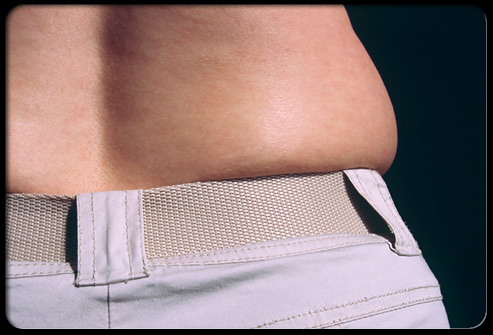
Exclusion of other disorders
Irritable bowel syndrome (IBS) has some common symptoms as gallbladder disease, including difficulties with digestion of fatty foods. However, in IBS, a pain usually occurs in the lower abdomen. Acute appendicitis, inflammatory bowel disease (Crohn’s disease or ulcerative colitis), pneumonia, ulcer of the duodenum or stomach, pancreatitis, hepatitis, kidney stones, urinary tract infections, diverticulitis, even complications of pregnancy and heart attack may be similar to gallbladder attacks.
Clinical examination
Physical examination often reveals pain in the upper right abdomen in acute cholecystitis and sometimes in biliary colic. Chronic cholecystitis is usually without pain.
Laboratory testing
Results of laboratory tests are usually normal in people with simple biliary pain or chronic cholecystitis. However, with acute cholecystitis, especially with stones in the main bile duct, liver blood tests show elevated enzyme, alkaline phosphatase and bilirubin. Bilirubin is an orange-yellow pigment contained in bile. High levels cause jaundice, which gives a yellowish skin color. Doctors will also check blood levels of liver enzymes known as aspartate (AST) and alanine (ALT) aminotransferase, which are increased when stones are present in the main bile duct. the high number of white blood cells (leukocytosis) is a common finding, but does not appear in significant minority of patients with cholecystitis.